Seven foods to create a Chesapeake feast
The Chesapeake region spans 64,000 miles of delicious culinary tradition
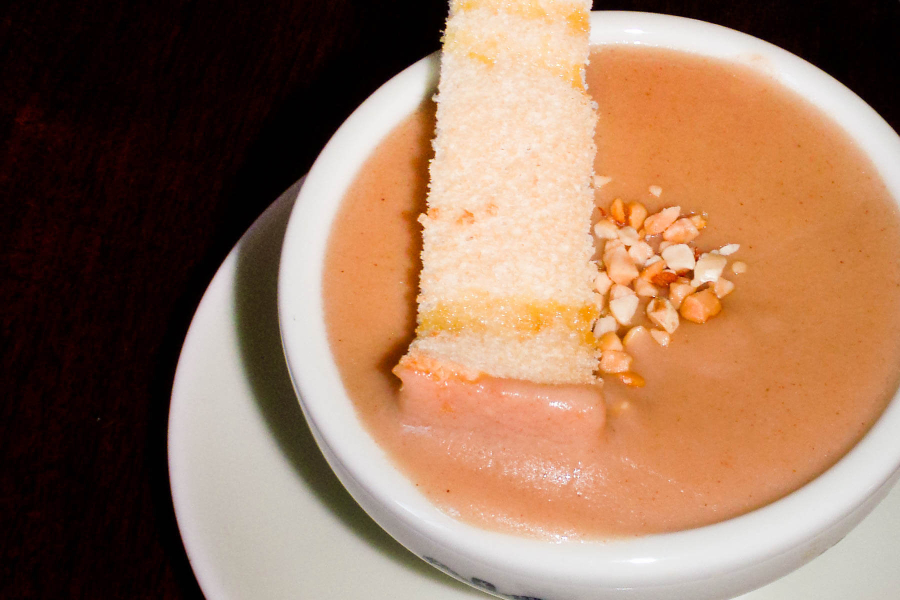
They say the quickest way to the heart is through the stomach, so that may be why we can’t stop talking about the delicious foods the Chesapeake region has to offer. Spanning New York to Virginia and West Virginia to Delaware, the region is home to hundreds—if not thousands—of delicious delicacies to taste. That’s why, this Thanksgiving, we wanted to put together a Chesapeake meal that couldn’t be beat.
Peanut soup (Virginia)
Now considered a Virginian delicacy, peanut soup traces its roots back hundreds of years. In the 1500s, Portuguese sailors brought the hardy nut from Brazil to West Africa, where it became adopted in the local cuisine in the form of soups, porridge and puddings. It was then brought back across the Atlantic during the slave trade, and by the 1700s, found itself in the bowls of Virginians. It’s still enjoyed today, from family dinners to Colonial Williamsburg.
Soft pretzels (Pennsylvania)
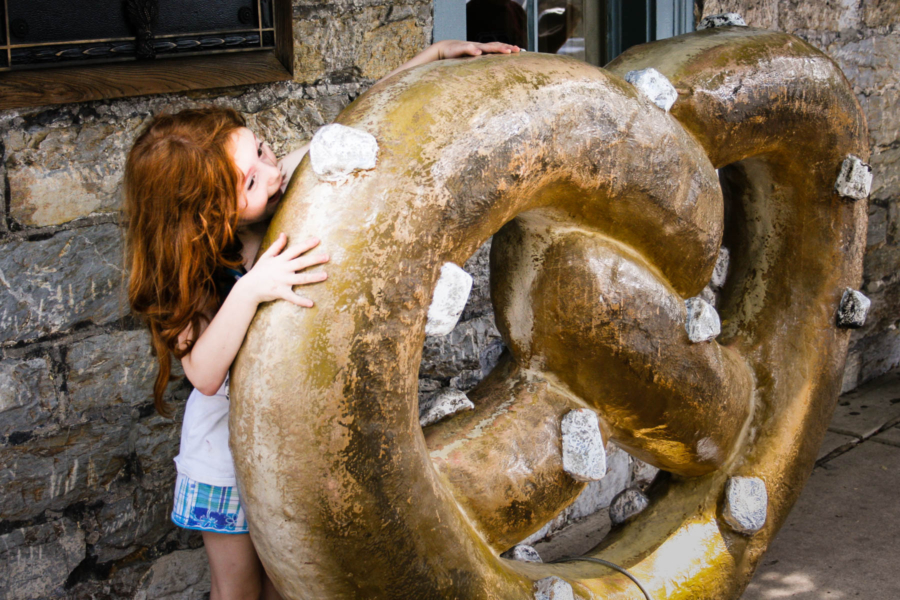
One of the foods that is iconic to Pennsylvania is the pretzel. It is home to the first commercial pretzel bakery, founded in 1861 by Julius Sturgis in Lancaster County. Today, the state produces around 80 percent of all U.S.-made pretzels. A large, warm soft pretzel makes a great, carb-loaded addition to any meal (and might even taste great dunked in the peanut soup).
Stuffed ham (Maryland)
Stuffed with greens, onions and spices, the origins of stuffed ham are unclear, but there are two main theories. It might be based on the Lincolnshire stuffed chine (an animal’s backbone), a very similar dish originating in England. Another theory with a few possibilities is that the stuffed ham is Afro/Caribbean in origin, coming from enslaved people in Maryland who wanted to stretch the little meat they had. No matter its origins, the recipe has stuck and remains popular in southern Maryland.
Ramps (West Virginia)
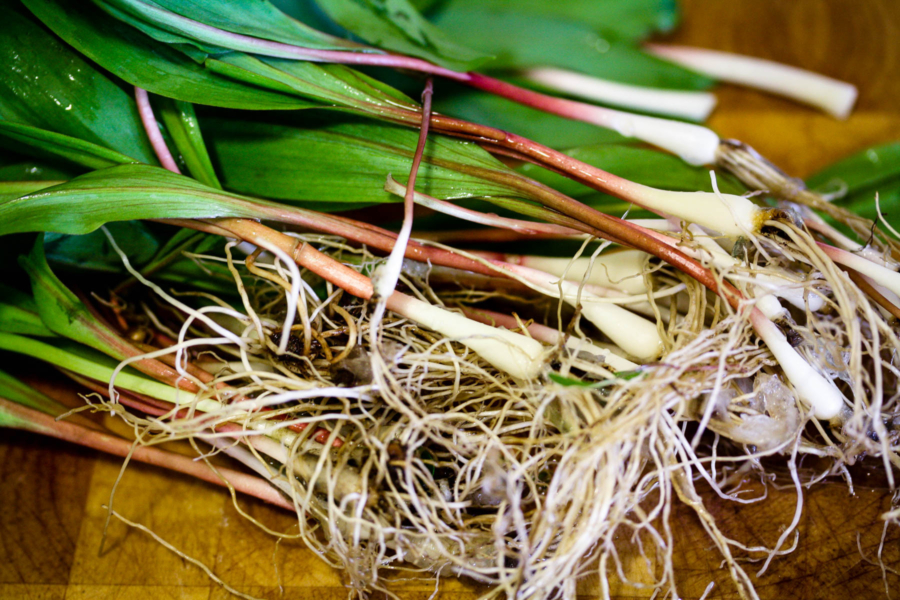
A springtime vegetable, ramps are particularly popular in West Virginia. This wild leek is one of the first edible forest plants to ripen in the spring, giving birth to a number of traditional festivals that take place to this day in the state. Although they have quite a strong smell, they taste great sautéed or as added flavor. Many times, they are served with potatoes.
Lima beans (Delaware)
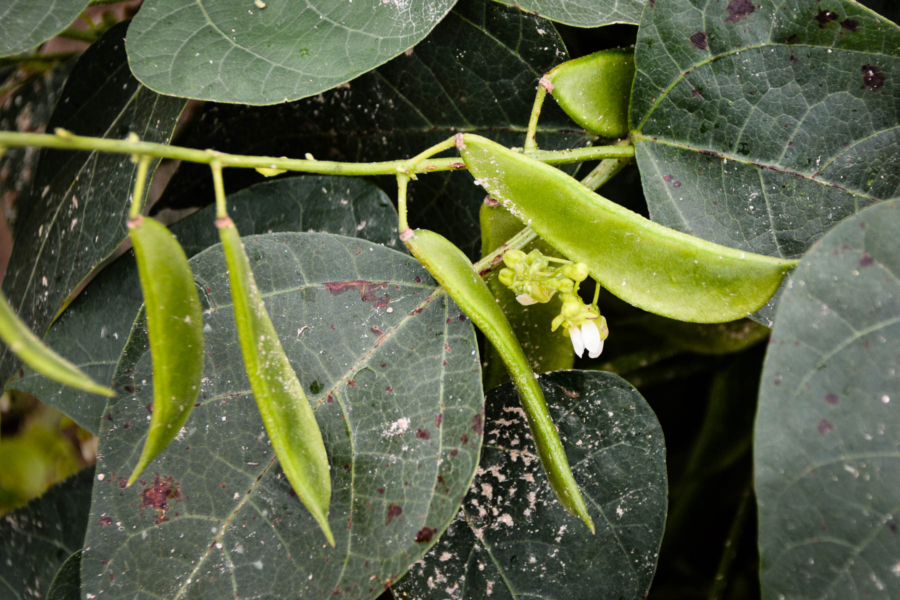
Lima beans make up one of Delaware’s most important crops, taking up the largest amount of farmland in the state. But along with farm-scale production, residents also grow their own pole lima beans. Lima beans can be eaten cooked and seasoned, stewed or in a succotash.
Mumbo sauce (D.C.)
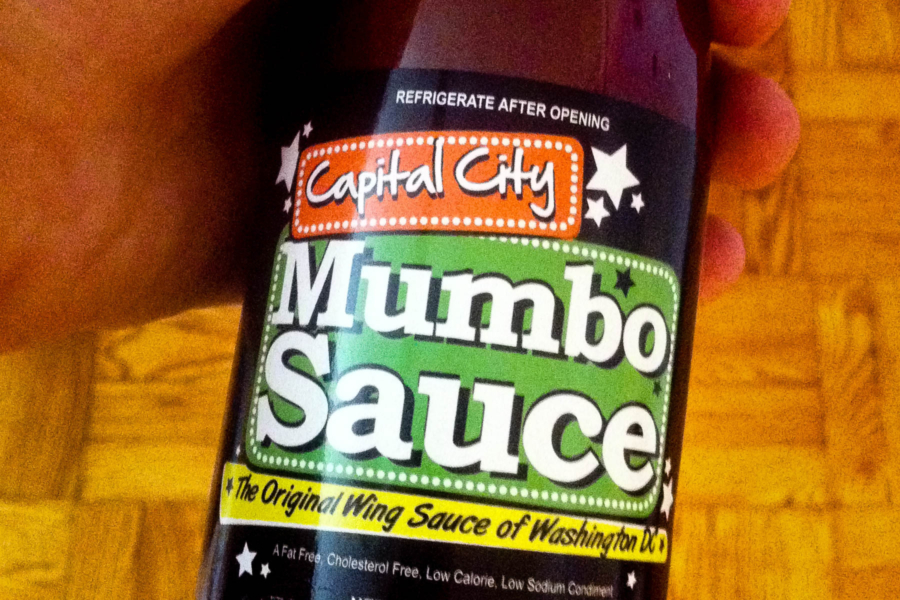
For meals in need of a little extra tang, look no further than Mumbo sauce. This reddish sauce—akin to barbecue sauce—is a favorite in many D.C. households.
Apple cider (New York)
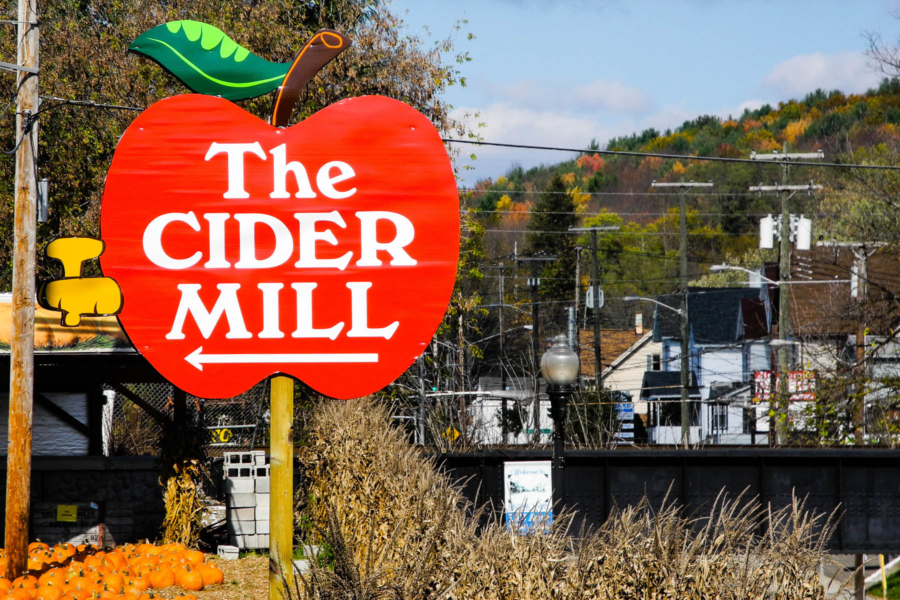
New York State is famous for more than one Big Apple; farmers there grow more apple varieties than any other state! With over 10 million trees, growing enough apples to make 500 million pies, New York is the second-largest apple producing state. That’s why a gallon of New York apple cider is the perfect pairing for a Chesapeake meal.
What’s your favorite regional flavor? Let us know in the comments!

Comments
I will not attempt to justify the absence of oyster dressing or corn pudding.
While "leeks have a strong smell" is technically true, the statement misses the sensory impression by several orders of magnitude.
("Having one's fingernails pulled out with pliers can cause discomfort.")
This needs types of fish and crabs.
What, no seafood?
Im hungry now .-.
Thank you!
Your comment has been received. Before it can be published, the comment will be reviewed by our team to ensure it adheres with our rules of engagement.
Back to recent stories